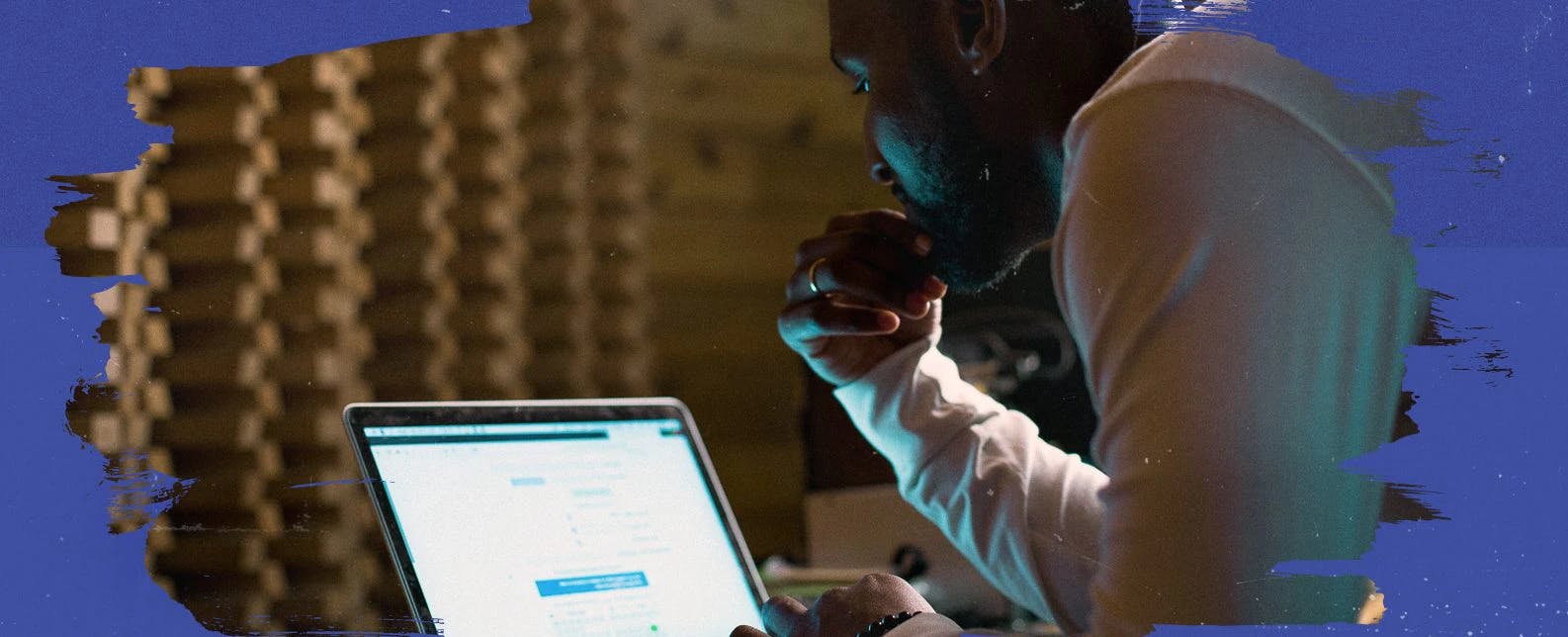
How does YouTube Content ID and Rights Ownership work?
1. What are Assets?
Content ID is YouTube’s digital fingerprinting system for identifying and managing copyrighted content. When TuneCore distributes your music to YouTube, their Content ID system automatically generates an asset. Each individual asset is stored in YouTube’s Content ID database, which then scans all new and existing videos for matching content upon upload.
All assets can only exist once in the database. If two separate users attempt to distribute the same content in the same territory, this is considered ownership conflict and will need to be resolved before the content can be successfully distributed to YouTube.
An asset can be made up of:
Reference file: The actual copyrighted content, such as a music video.
Metadata: Information about the content, such as its title, contributors, etc.
Ownership info: details on where you own the rights to the content and how much of the content you own (i.e. if you own the content in specific territories vs all territories, and/or if other artists and collaborators share creative ownership of the content) ⓘ
Policies: Instructions that tell YouTube what to do when matches of your content are found.
*To learn more about asset types, click here.
How to create and manage assets on YouTube
Create an asset from your videos during the video upload flow or by applying an upload policy. (learn more).
Use YouTube's Package uploader
Use YouTube's Partner API
*To learn more about best practices for YouTube assets, click here.
2. What are YouTube Content ID claims?
If someone uploads a video that contains one of your assets, the YouTube Content ID system will detect the match and apply a Content ID claim on the video. A match can contain the complete asset, or even just a snippet of it.
All videos that contain your content, or match your assets, are considered User Generated Content (UGC). According to which territory the matching asset is uploaded, as well as the selected audience, YouTube will apply one of the following policies as defined by the owner of the asset:
Block: the video will no longer be available and will be removed from YouTube search and recommendations. A message will be displayed to viewers who still have the link that the video has been removed.
Monetize: the video will be monetized, and 80% of the revenue generated will be sent to the asset owner.
Track: the video will not be blocked, will still be available, and the analytics will be available to the asset owner in YouTube analytics.
3. How to Check Your Assets
In YouTube Studio, you can check to view all assets that have been generated from your own uploads.
All audio assets delivered by TuneCore can only be monitored by TuneCore, meaning any UGC revenue will be collected by TuneCore on your behalf and 80% of your monetization revenue will be deposited directly into your account.
To check if YouTube has matched any of your existing assets to User Generated Content, you can view the information below the YouTube video description.
4. Content ID on YouTube Shorts
YouTube’s Content ID works just as effectively with short-form UGC videos, especially YouTube Shorts.
The asset owner has authority to apply their own policies for short form content. For example, you can choose to track instead of monetize UGC considering it is fair usage or used as a useful promotion tool.
5. Avoiding YouTube Ownership Conflicts
Ownership issues can be complex. There are several rights that need to be reviewed before upload. First and foremost, ensure all audio you are attempting to distribute is original audio, or that you have cleared permission to upload any sampled audio or cover songs.
YouTube Rights Ownership
If there is a dispute on an asset, YouTube will conduct a specific process to resolve the dispute:
Music Assets: revenue will be held separately. Once the dispute is resolved, revenue will be paid out to the appropriate party.
Non-Music Assets: the track policy is applied to both users. You will not be able to monetize the asset until the ownership conflict has been resolved.
What do I do if I get a copyright claim on YouTube?
If you are facing an issue with YouTube Content ID, third-party claims, or ownership disputes, please contact TuneCore Artist Support for resolution.
Now you’re a Content ID pro.
Upload your next track to YouTube Music today for no annual fee
